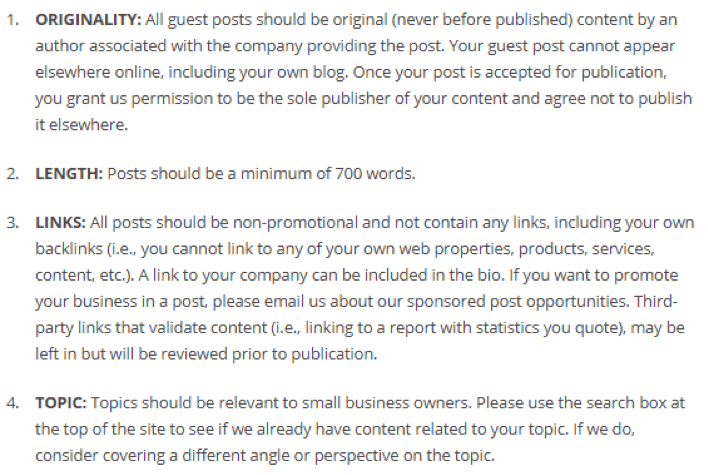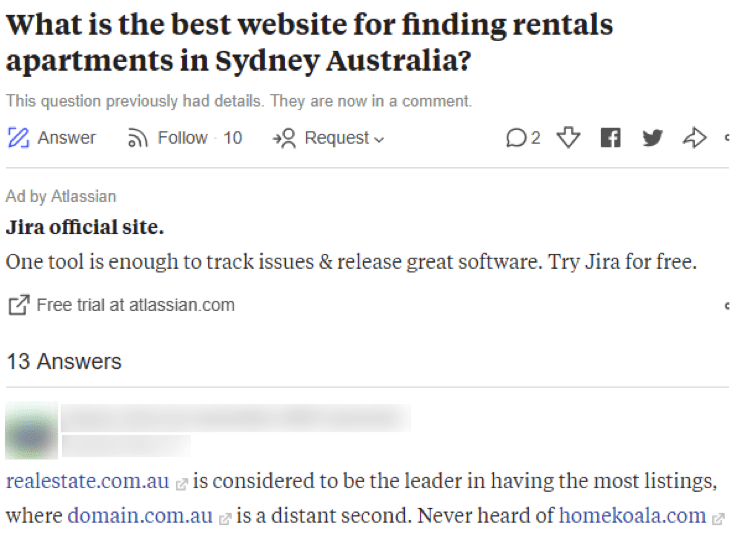So, you’ve started your new business and just created a killer website. You want to boost your SERP rankings but your digital marketing budget doesn’t call for outsourcing to an agency. For any business owner looking to solidify their small business SEO tactics, will want to familiarize themselves with link building.
Link building is an SEO tactic which digital marketers exercise to move a site up those SERPs. The more high-quality sites link to your site (backlinks), the greater your site’s value will be perceived by search engines like Google. Hence, scaling it higher. A good indicator of this ‘value’ or ‘quality’ of a site is its domain authority score.
Digital marketers have many link-building strategies up their sleeves, but not all of them are easy on the wallet. Nonetheless, there are strategies that startups can exercise while relieving their budgetary tensions.
1. Directory Submissions
Web directories are the quicker and easier way of obtaining backlinks to your site. General listing directories or even industry-specific directories will often include a link back to your site. Getting a link from these directories involves setting up a profile with them and submitting a profile with business details (contact number, website link, etc.) for approval. Once approved, the profile will be live with a backlink included (See Fig. 1.1).
Startups can target listings from a range of free directories available online. Startup listers are an ideal category to kickstart your directory hunt with.
If you’ve run out of free directories to submit to and have a few bucks to spare, paid directories should be your next alternative. If exercising this option, be sure to pay for the worthy directories. Run the site through a domain authority checker like Moz. The higher the DA, the more link value the site has. The high DA directories are most likely to be more expensive. Tip: It’s worth Googling for a list of directory submission sites to get you started.
2. Guest Posting and Blog Contributions


While guest posting and blogging contribution can be seen as a form of a PR exercise (due to the writing aspect), in digital marketing its primary goal is link building. The tactic here is to reach out to blogs and publications relative to your industry and get an article or blog post published on their site. You’d be surprised how many sites accept guest posts. Everyone’s looking for unique, engaging content. The link to your site is usually embedded in the author by line/bio at the bottom of the article (See Fig. 2.1).
But that’s not where it ends.
To ensure that the site publishes your article in the first place, the piece must be a thought leadership (authoritative) one, come from an industry expert, be unique for the site and have genuinely useful information for the site’s audience. A site which accepts guest posts will usually tell you their guest posting guidelines for contributors, including the expected word count, nature of the article and examples of ideal articles (See Fig. 2.2). Tip: Searching for ‘guest post guidelines’ should show you a good list of sites accepting guest posts.
A well-executed guest blogging strategy can be an effective link-building tactic. If you’re not a fan of writing at all, outsourcing to a copywriter may be worth looking into.
3. Evergreen Content Sharing
No, we don’t mean a feature article around environmental and global warming issues.
Evergreen content is the type that stays relevant or ‘fresh’ for a long period of time. This means, if a reader had to look back at the piece a few years later, it would still be as relevant then as it is today. While this rules out news articles and current trends (which expire sooner), this doesn’t necessarily mean the content must be an article or a blog post. Evergreen content can be an infographic (submitted to infographic submission sites), a slideshow (for slideshow submission sites), or even a video tutorial.
The aim here is to ultimately provide unique learnings for the audience with this content. A few questions to think about: What are the key takeaways from this infographic? How will my slideshow help audience x and y solve problem a and b? If you take the time to research and incorporate unique data into the content, it is more likely to have greater appeal. Spend some time on Statista and other industry trends to see what’s happening in your industry right now.
Related Stories from Small Business Bonfire
Apart from improving your rankings through backlinks, such thought leadership content can also position your brand as an industry leader and attract sales for your business.
4. Forum and Thread Posting
As you dig deeper into the gold mine of link acquisition strategies, you’ll find that eventually there are only so many convenient, easy-to-grab nuggets. Forum posting is likely to be one of the last strategies shining out from the mud.
There are a few ways to embed a backlink within forums and threads.
The first, is to include the backlink within your comment (See Fig. 4.1). The backlink can be a source for helpful information for the original poster, typically addressing their query/problem. The key here is to make sure the link you post is genuinely helpful to another user in the forum. Think of your comment as an extension of customer service, helping customers with a problem. Present your site as a solution (while not being overly salesy).
- 8 behaviors of men who are quietly unhappy with how their life turned out - Global English Editing
- People who become more judgemental and less compassionate as they get older usually display these 8 behaviors - Global English Editing
- 7 behaviors of an emotionally high-maintenance friend, according to psychology - Global English Editing
Secondly, the link can be included in your user signature (See Fig. 4.2). Some forum sites only allow their users to have a signature show with every comment once they are reputed contributors. Hence, this could take some time.
Credible mentions in forums and threads can potentially drive sales through credible mentions by putting your brand out there.
5. Next-Stage Tactics
The following link-building tactics may not be suitable for every small or medium business out there as it depends on their current brand exposure and industry relations. However, if your business can implement any of these tactics then they can yield quick results.
Local Link Building: Leveraging relationships with nearby businesses and other local SMEs can benefit both parties with not only backlinks but also exposure. Reaching out to regional publications to get backlinks placed for articles such as ’10 most-visited businesses for July’ could benefit other regional SMEs.
Brand Mentions: A brand mention is a reference to your brand on any other website on the internet. Once you source a list of these mentions from the web, you can contact them and request that they link that mention of your company’s name to the website. This may usually involve an exchange of links or services. As a startup you may not have many of these mentions.
Partner/Suppliers: Do your partners, suppliers or any company you conduct business with have testimonial sections on their website? Presenting them with a testimonial and getting it placed on their website, can get you a backlink with you referenced as the testimonial provider.
Competitor Link Analysis: Everyone must start from somewhere. So why not find out where your competitors started from? Once you’ve run out of strategies for link acquisition, it’s always worthwhile to scope out how your competitors are acquiring their backlinks. Identifying sites linking to your competitors will allow you to source directories, guest posting sites and new link acquisition methods which you might not have thought of before.









